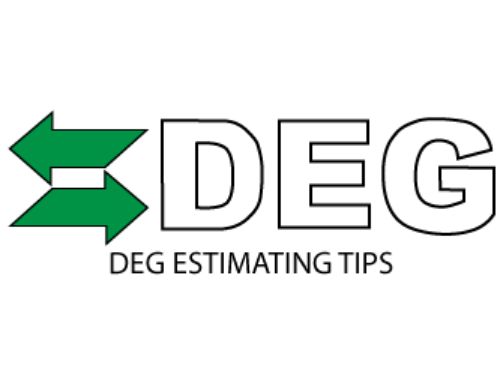https://cccis.zendesk.com/hc/en-us/articles/360041991692-Refinish-Labor-vs-Refinish-Paint-Supplies
“Paint Labor is the work on the part of the technician. It’s their hourly rate, plus whatever money the shop is making off of his labor. So, if the estimate grants 4 hours to paint a fender, the shop makes 4 times the hourly labor rate. The critical thing to note is that this is labor and therefore it is flexible. Simply put, if the shop agreed to only charge 2 hours to refinish that same fender but it still took 4 to do, the shop simply makes less money on the labor but otherwise there is no loss.
Paint Supplies or Paint Materials is the actual paint, or clear coat, and the tapes, gap filling materials, masking paper, sandpaper, cleaners, thinners, and additives used during the refinish process. For most of our customers, this is also billed by the hour. This is because one can reasonably describe the amount of materials used in any particular refinish job, and break it down to an hourly average. Needless to say, this is also usually inaccurate. In California, for example, estimators are required to itemize these materials per job. The critical thing to note here is that this describes hard goods. In the example above, where the shop agrees to only charge two hours to refinish the fender, they cannot afford to take the same hit to paint supplies. It’s will cost a fixed amount of materials to refinish the fender, and this is normally non-negotiable.”
For more information about SCRS, or to join as a member, please visit www.scrs.com, call toll free 1-877-841-0660 or email us at info@scrs.com.















